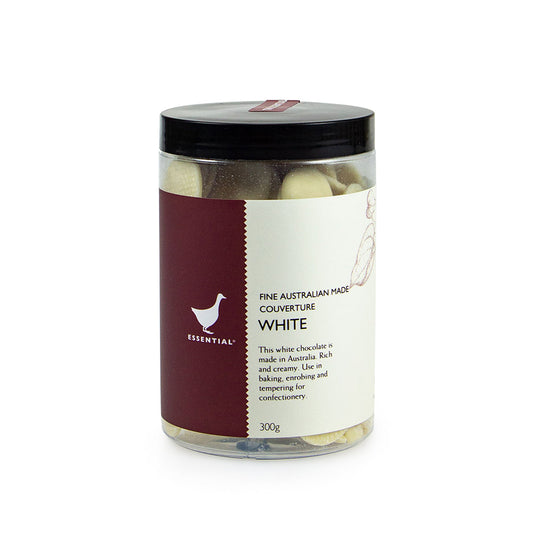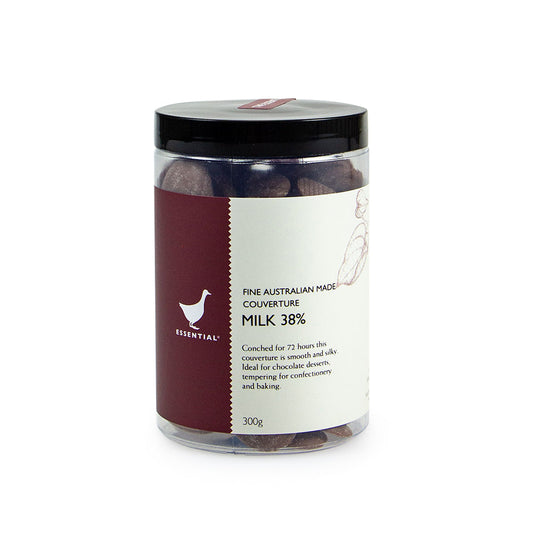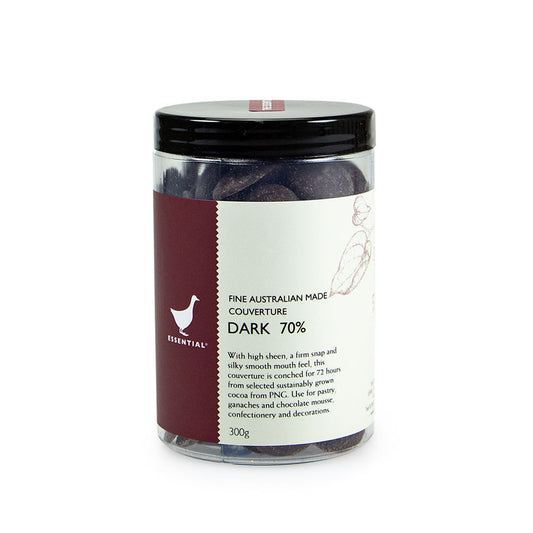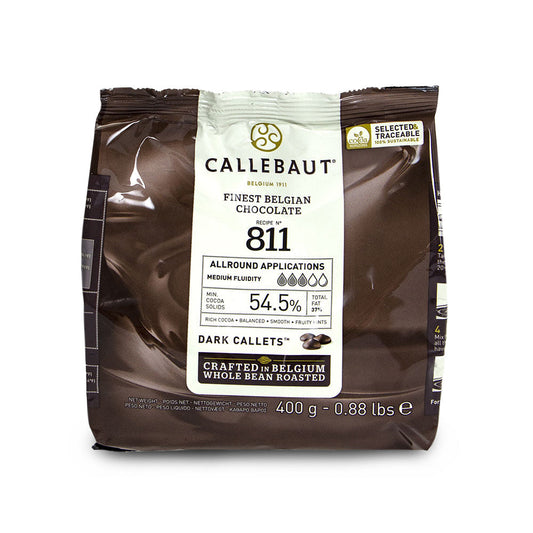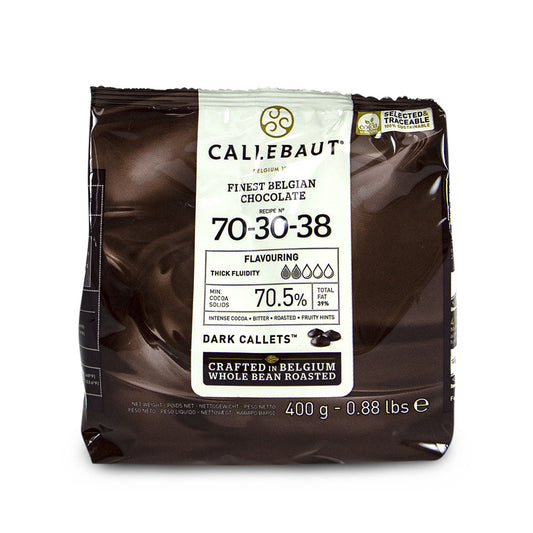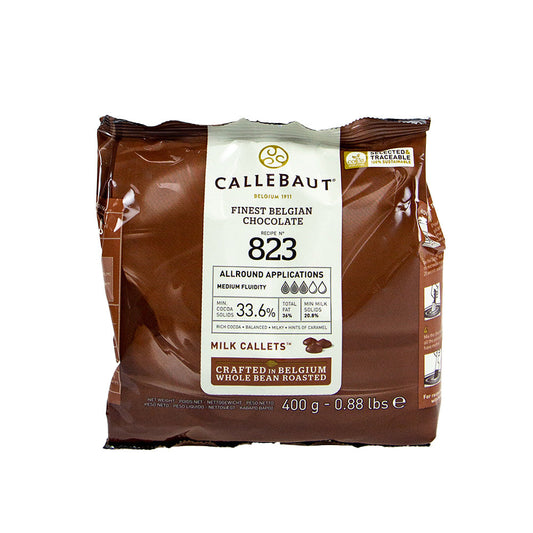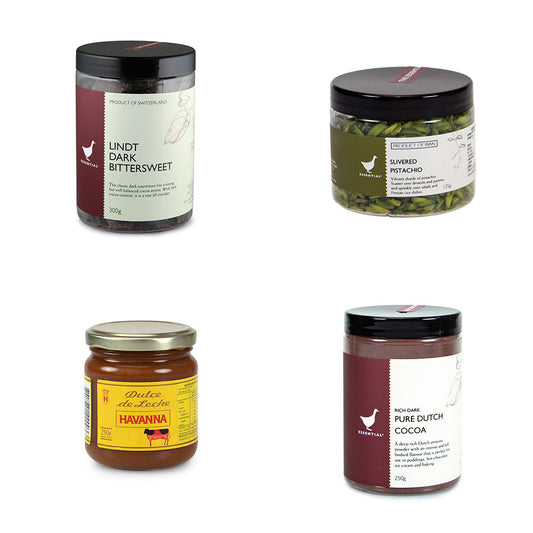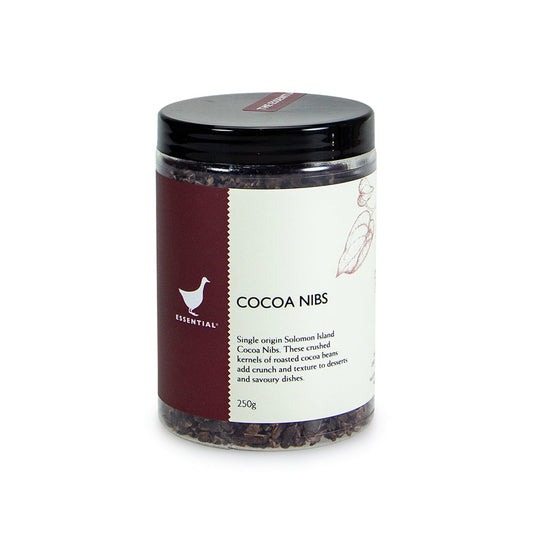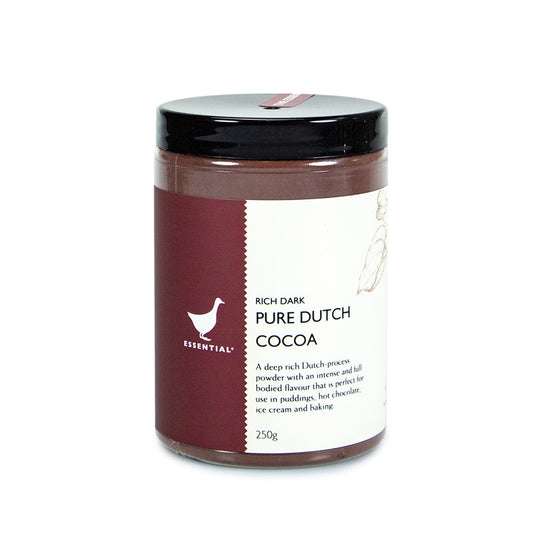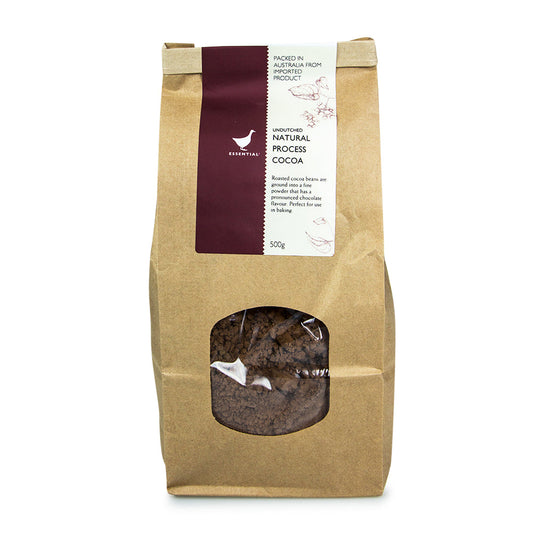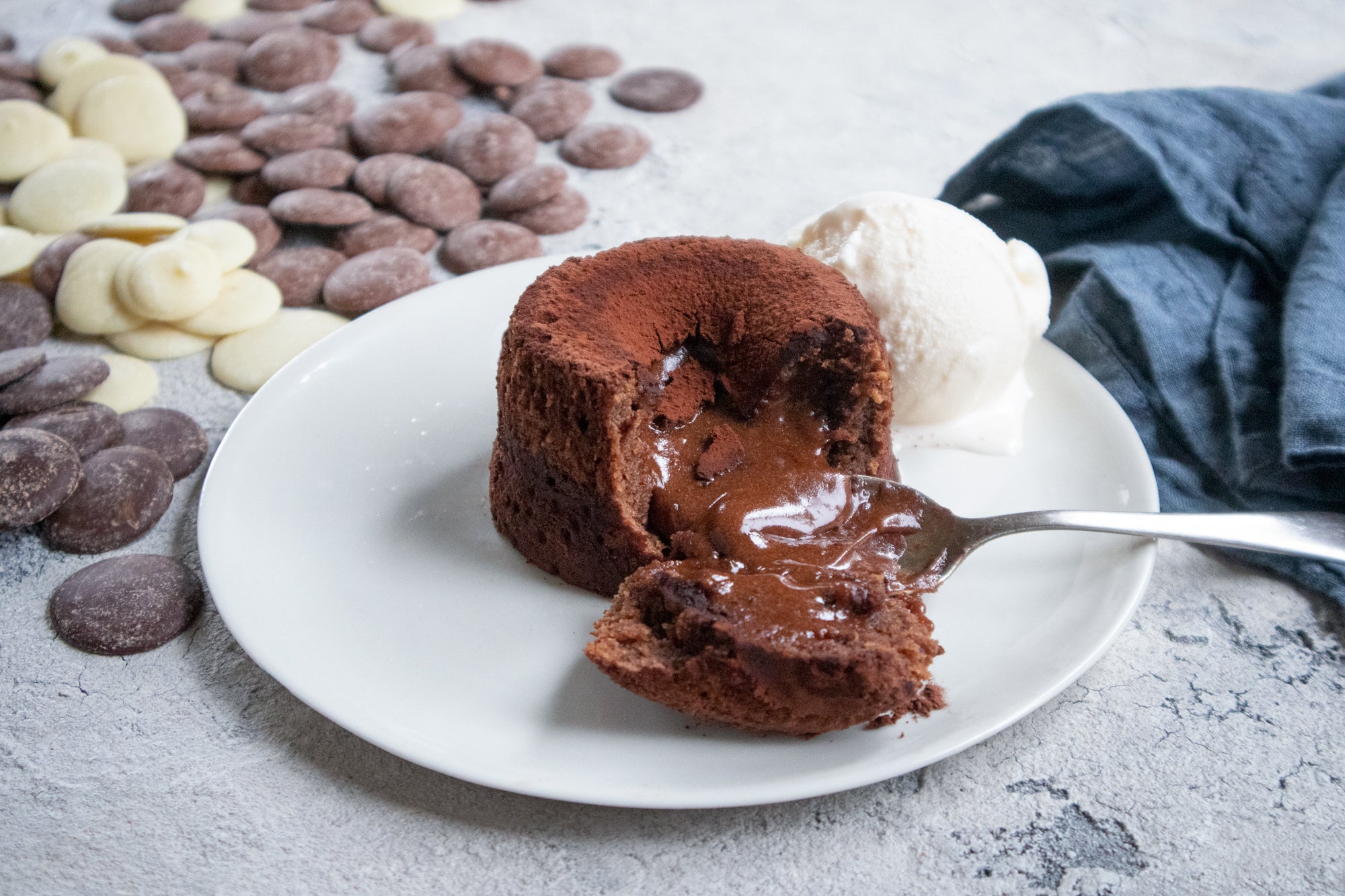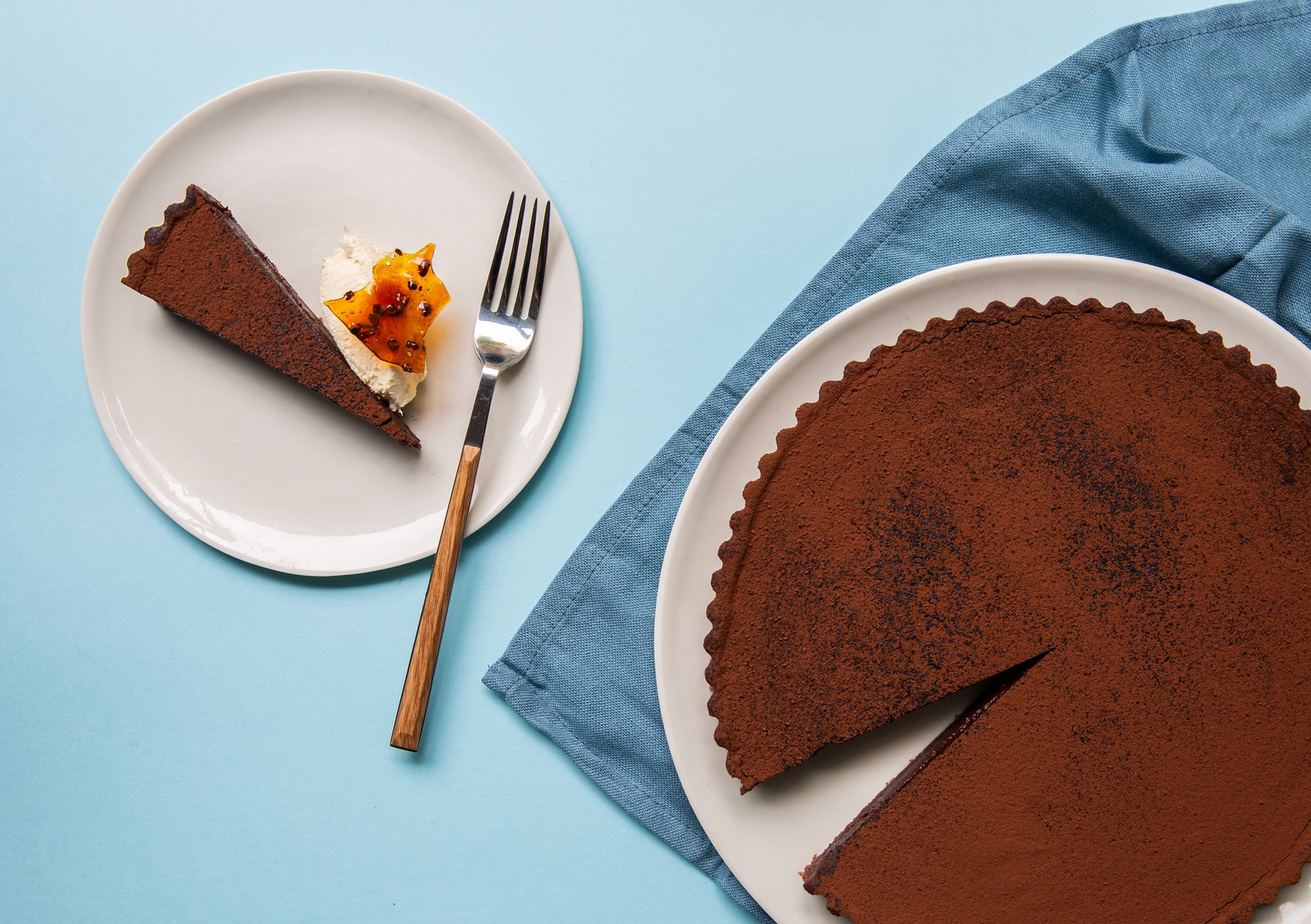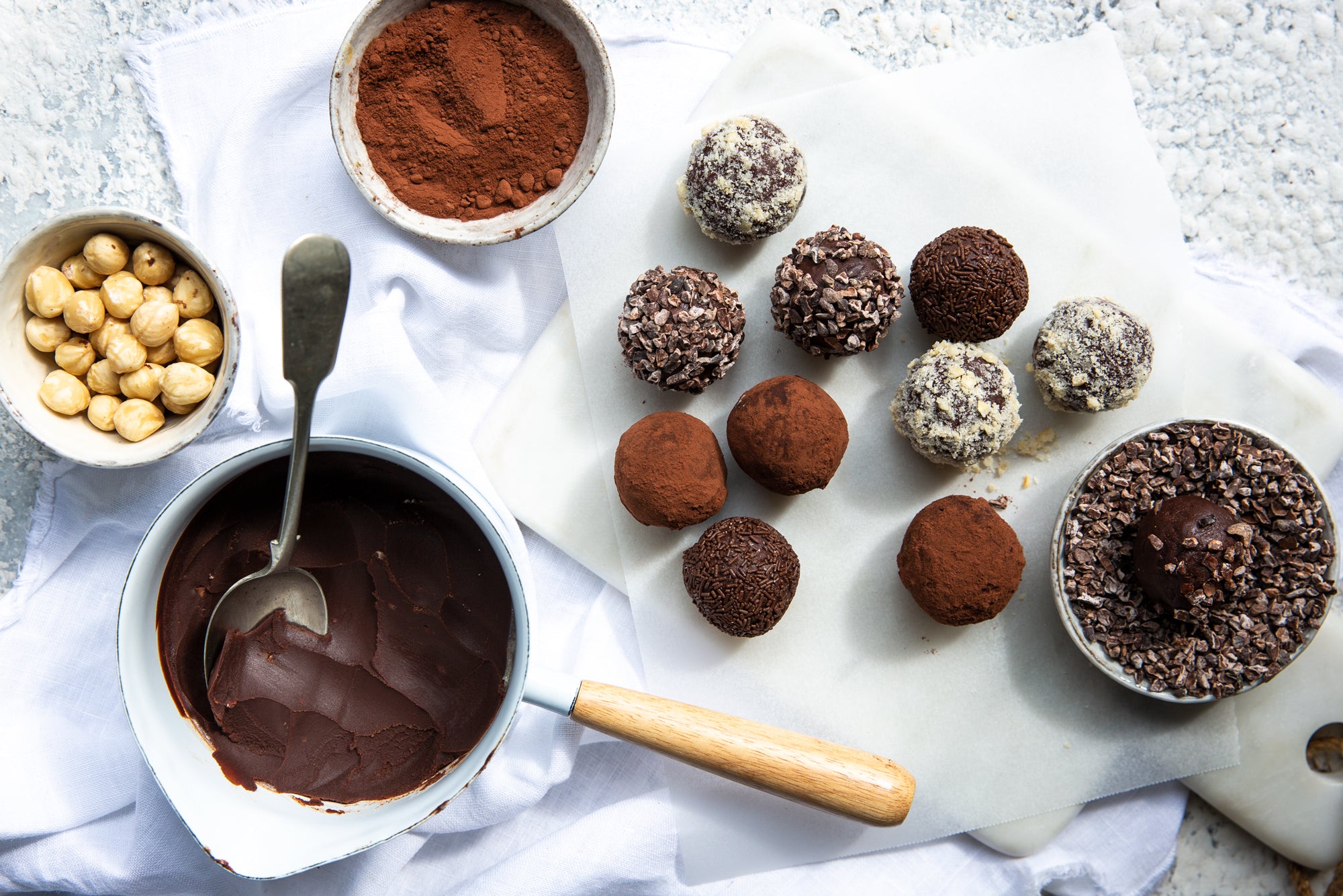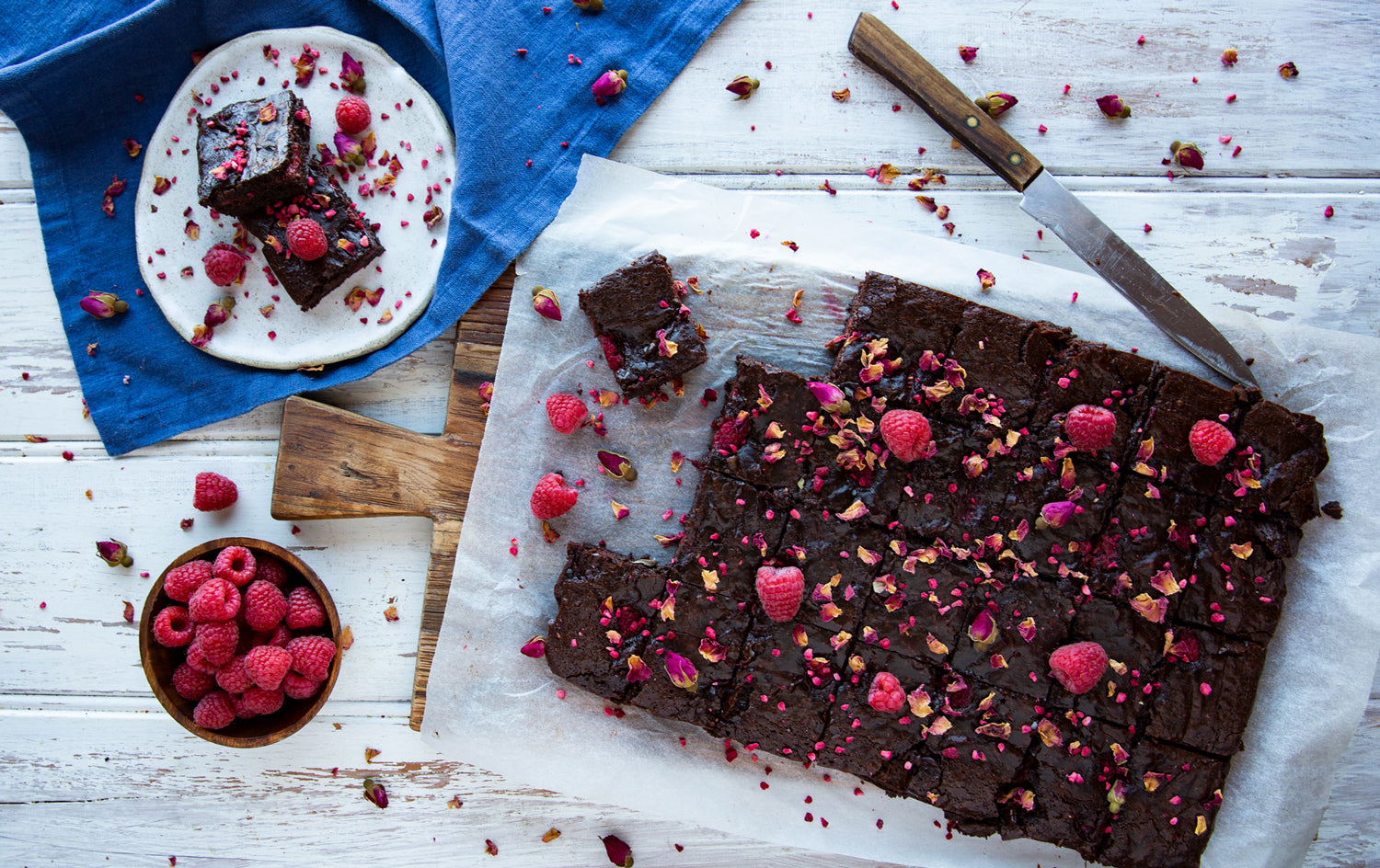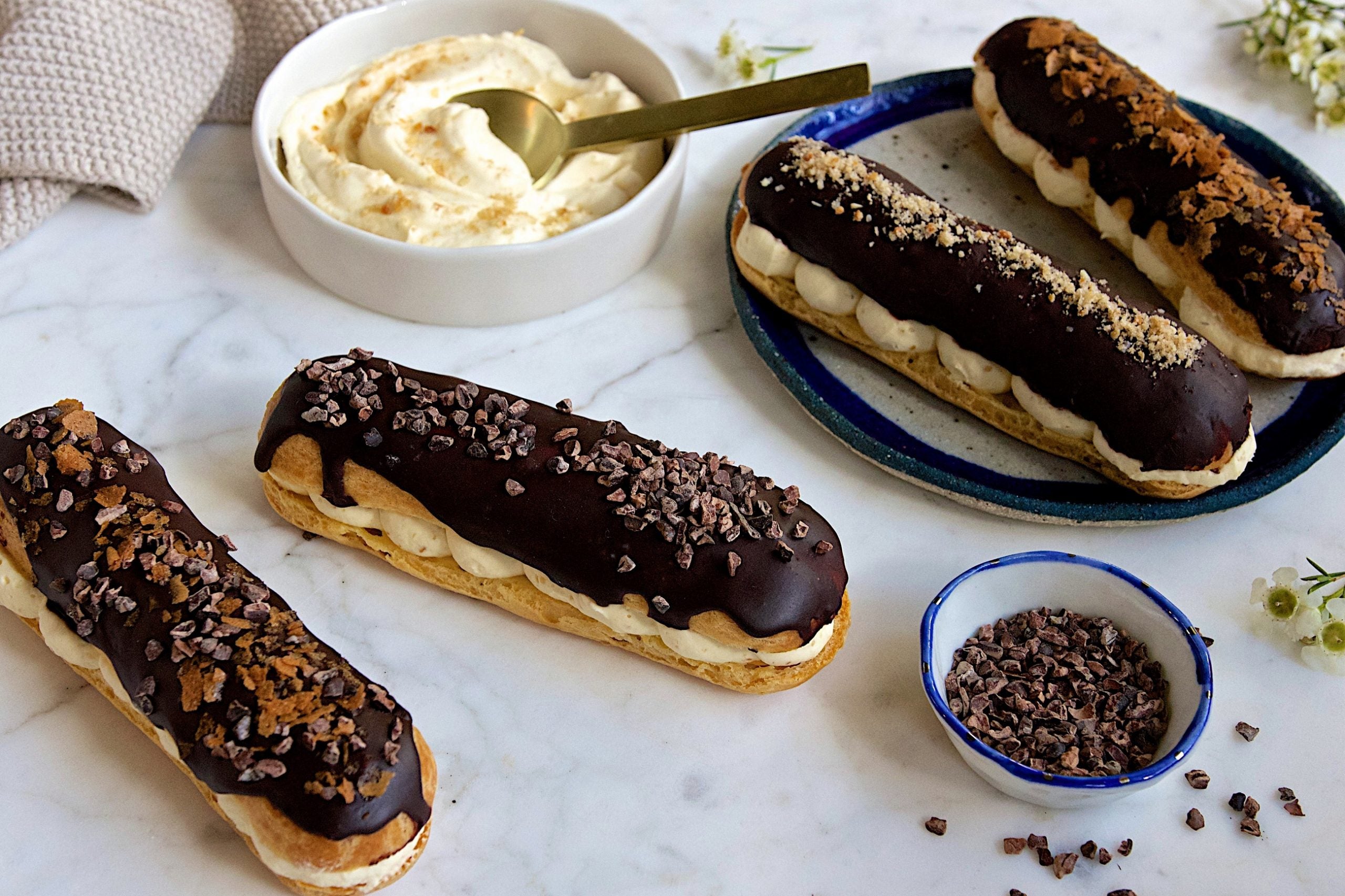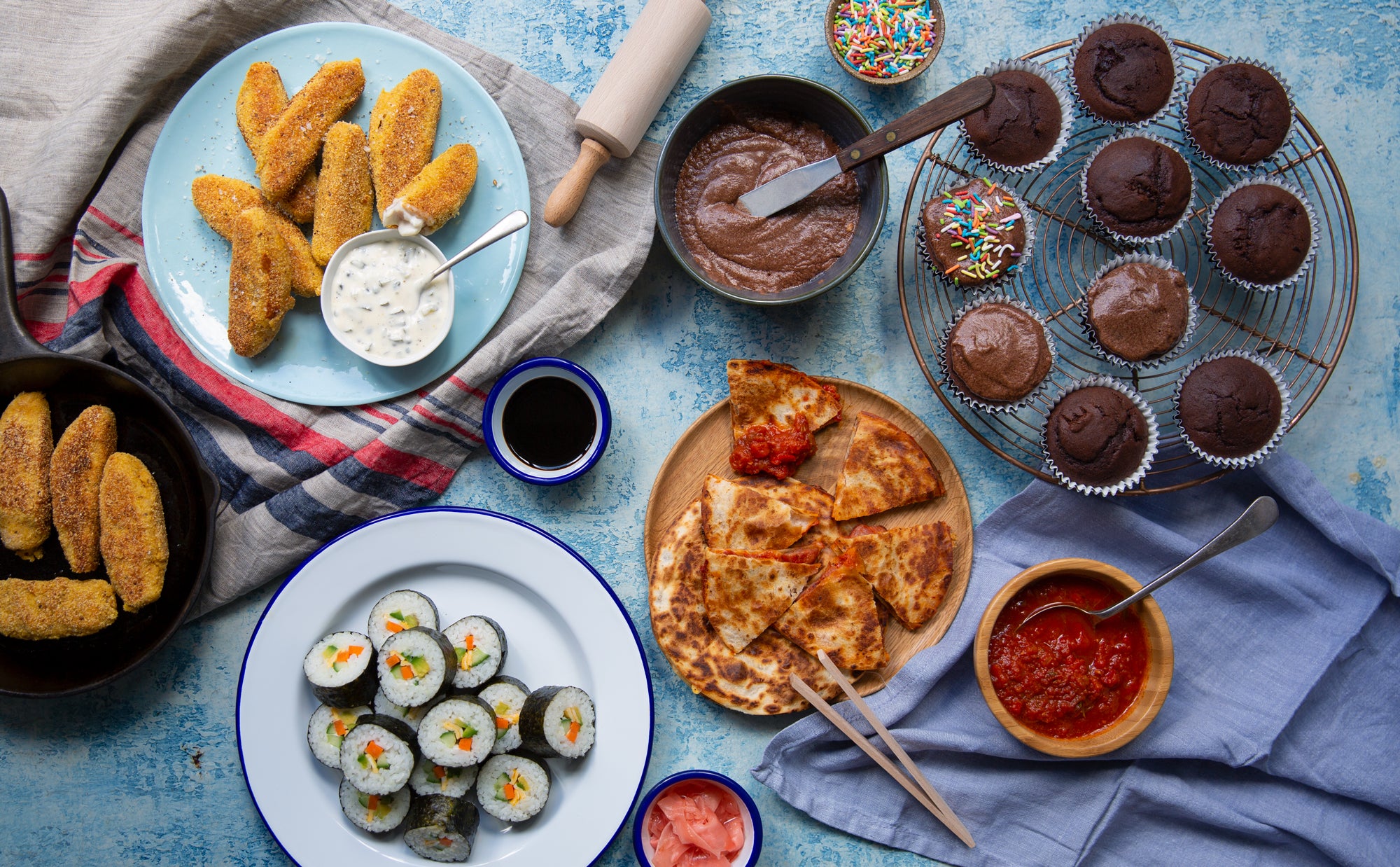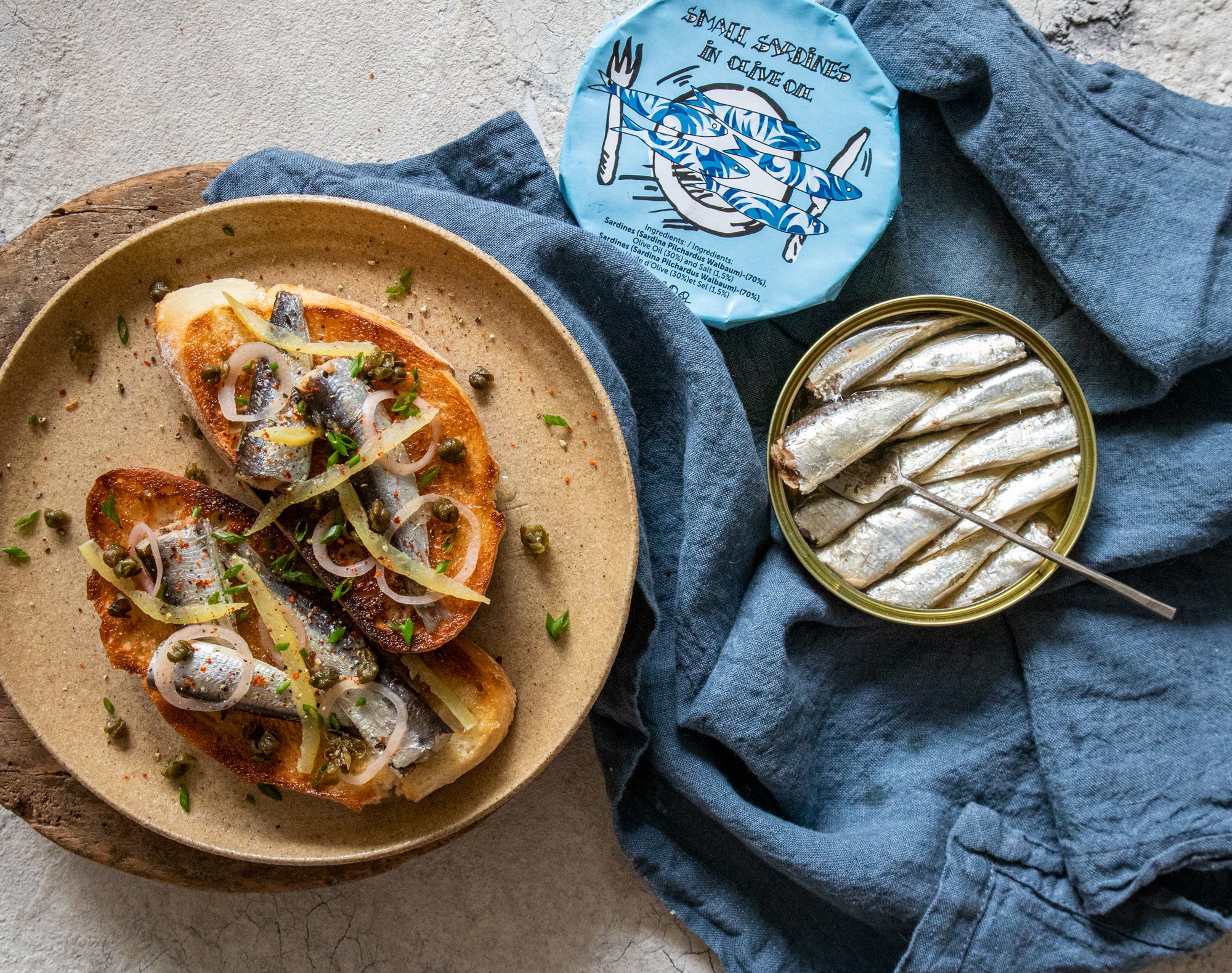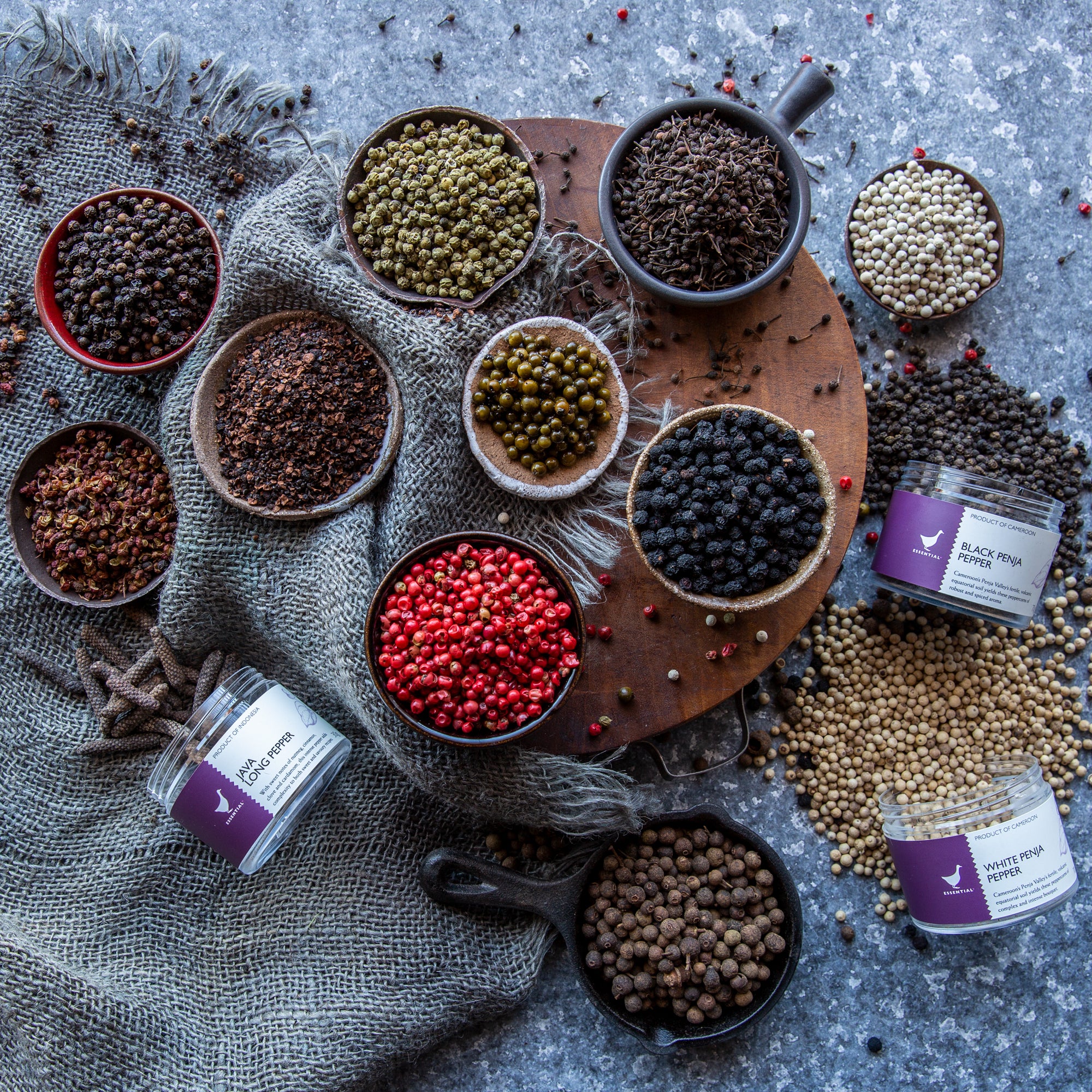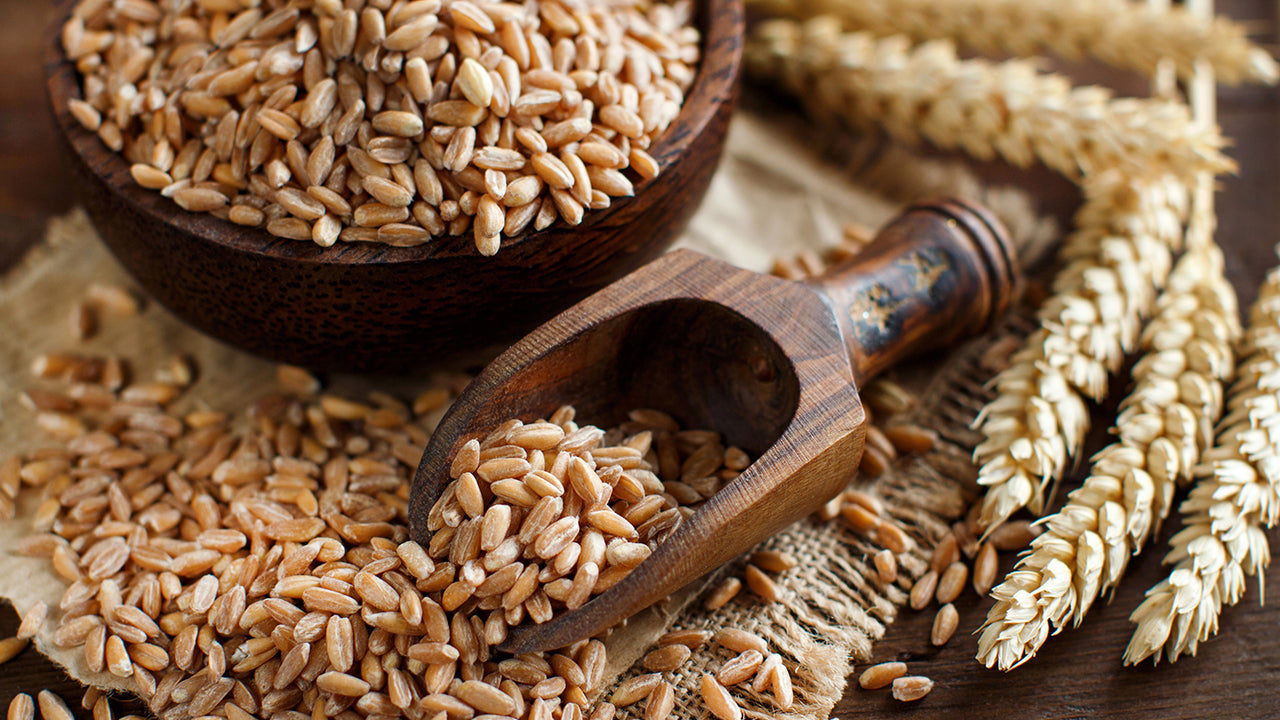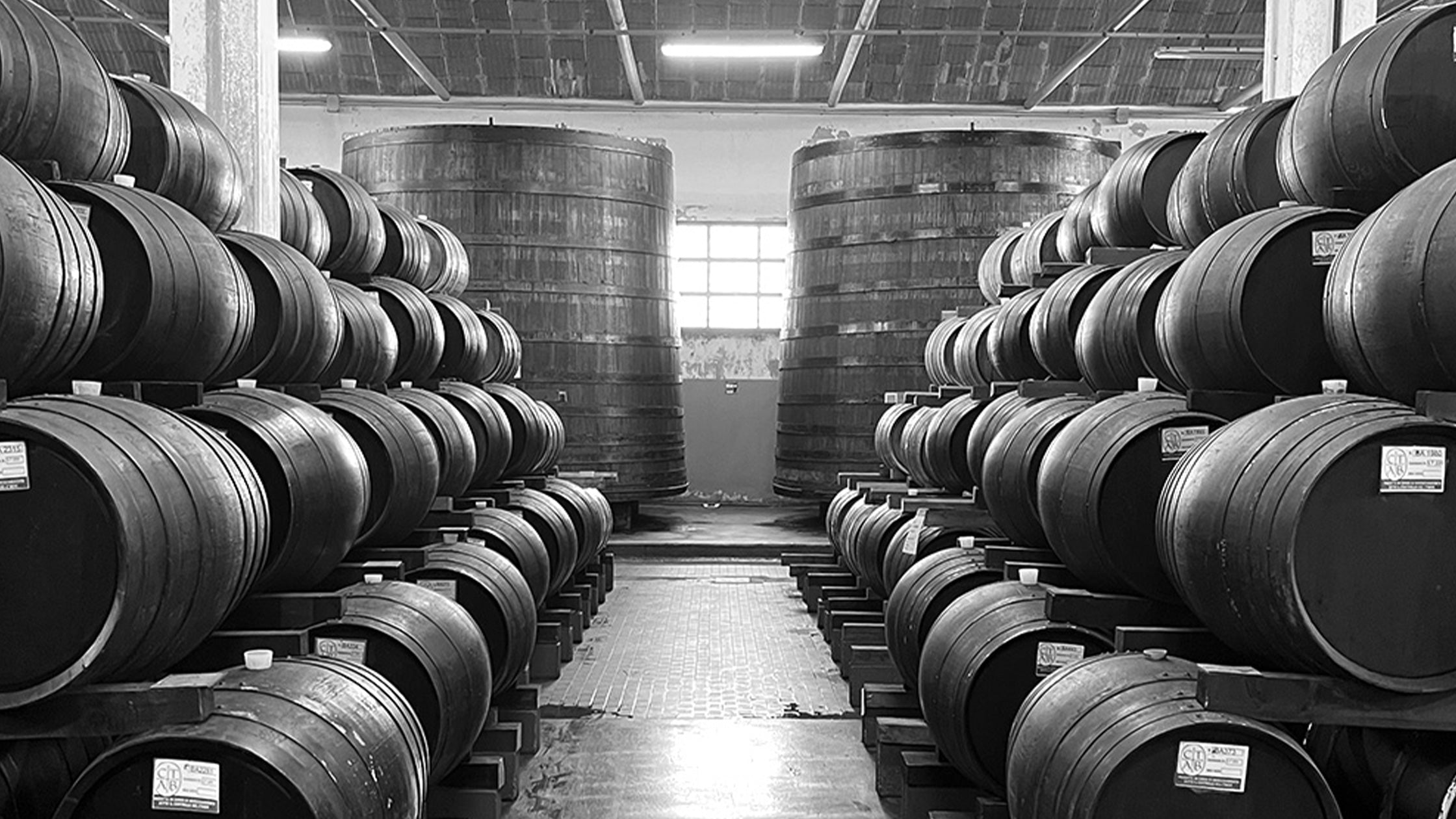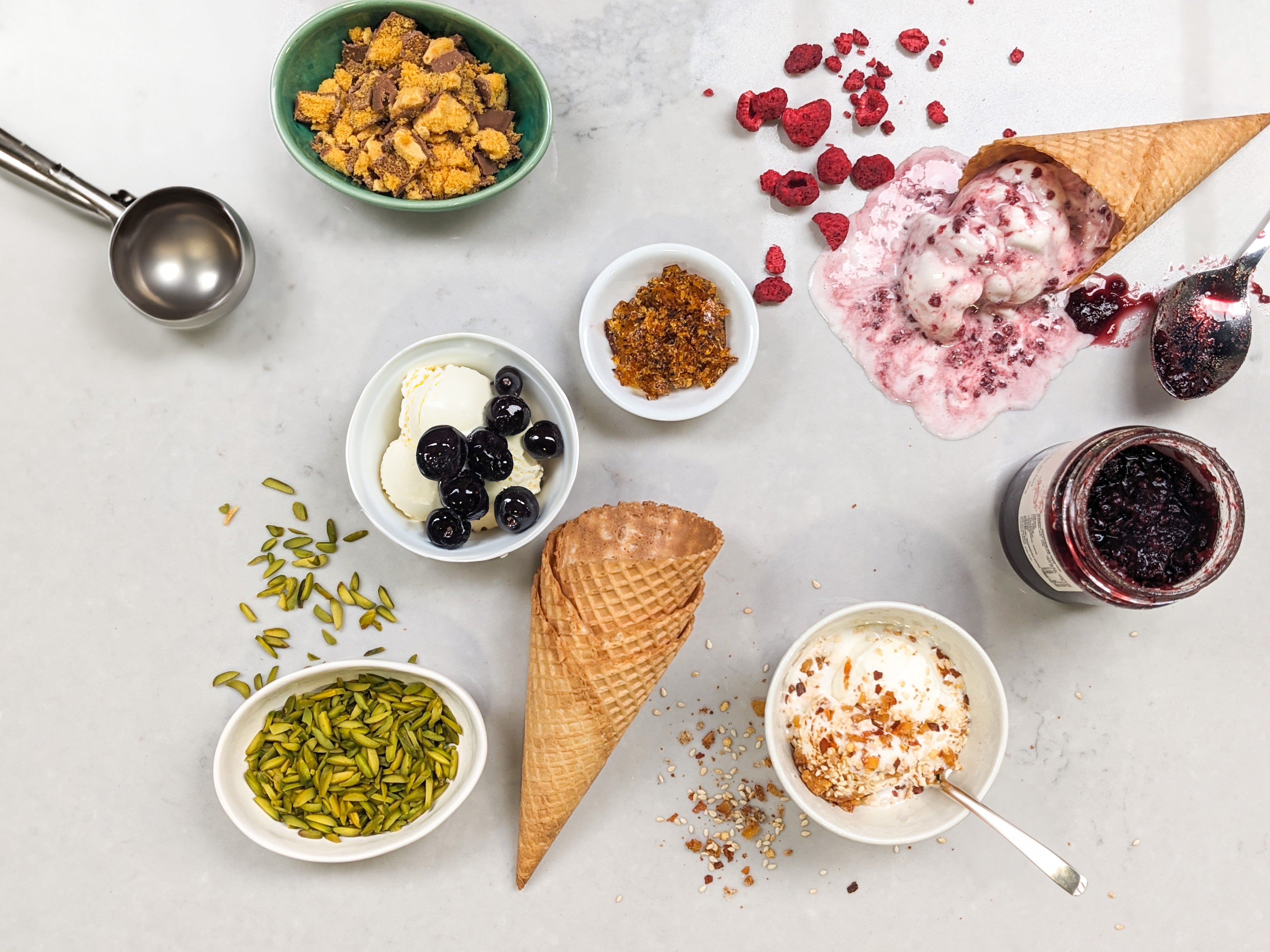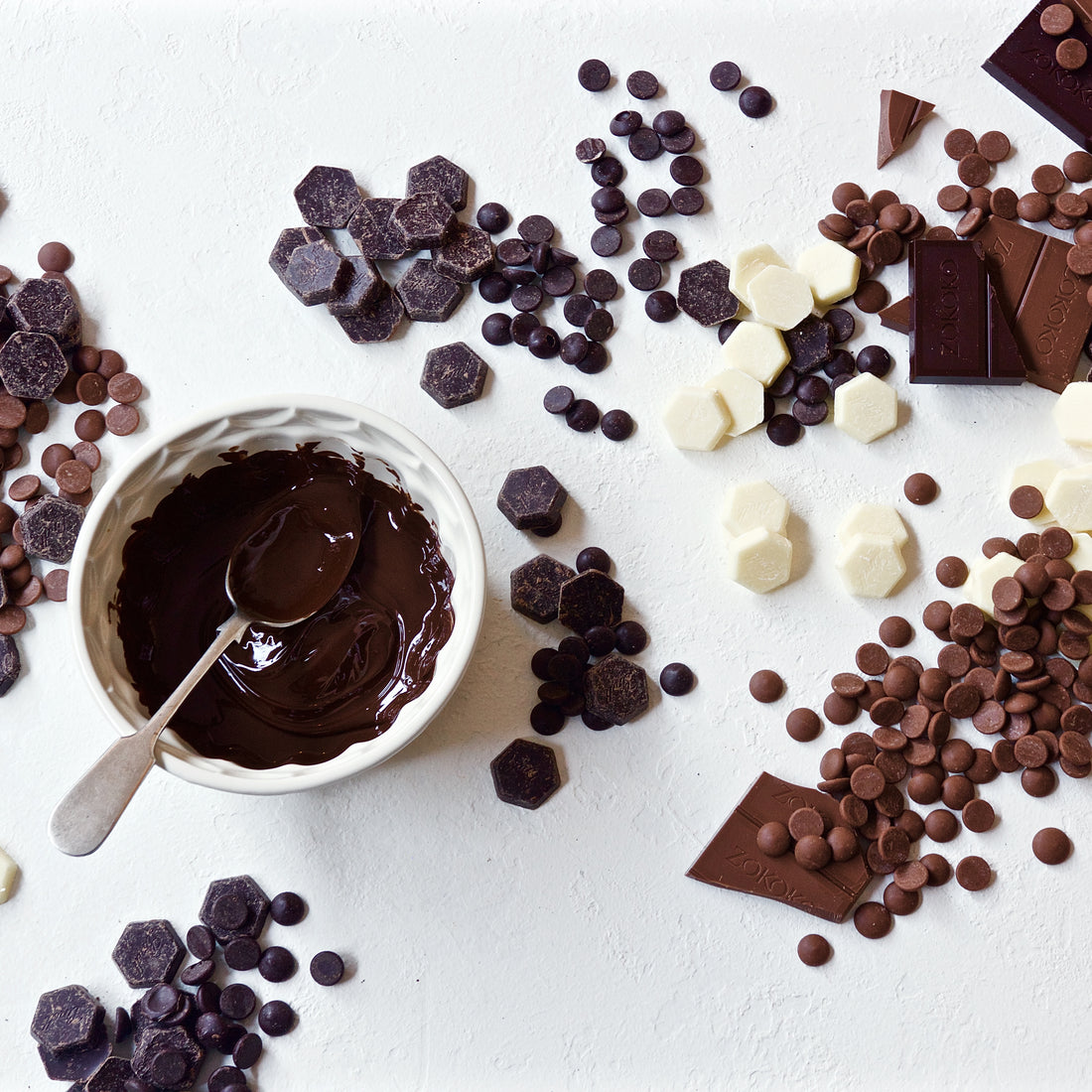
Frequently asked questions about cooking with chocolate
Last updatedAre you a chocoholic looking to integrate your guilty pleasure into every dessert you make? There’s probably no ingredient as beloved as chocolate, with even its merest mention evoking indulgence and comfort. Among chocolate’s many endearing virtues is its versatility, able to be utilised in baking recipes, desserts, confectionary, ice cream and even savoury dishes.
But while all chocolate may be derived from the not-so-humble cacao bean, there are an enormous variety of products available that utilise this remarkable ingredient.
Here, we'll uncover what cooking chocolate is, the different types available and how you can use it properly to whip up something delicious. With the help of this guide, you’ll be well-versed in cooking with different types of chocolate —
What is cooking chocolate?
Cooking chocolate refers to those solely meant for baking or cooking. Cooking chocolate comprises cocoa and vegetable fat, with added flavourings such as vanilla and sugar, depending on the desired outcome. While it looks and feels similar to regular chocolate, it usually has more cocoa content, so you get an intense flavour without added sweetness. For any recipe involving melted or blended chocolate, cooking varieties are best for consistency and taste.
Cooking chocolate vs regular chocolate
Although eating any block or bar of chocolate you find in a supermarket may sound appetising, there are some distinct differences between the two main types of chocolate when it comes to cooking:
- Purpose — Baking chocolate is specifically designed for cooking, while eating chocolate is intended for immediate consumption.
- Flavour — The taste of cooking chocolate can be more intense and bitter than regular chocolate, which is typically sweeter. This is because cooking chocolate is intended to complement the flavours of other ingredients in a recipe, while regular chocolate is meant to be enjoyed on its own.
- Consistency — Cooking chocolate is often sold in a block or bar form, while normal chocolate is typically sold as individual pieces or bars. Cooking chocolate is also less creamy and solid than regular chocolate, making it easier to chop, melt and mix into recipes.
- Fat content — Chocolate used for cooking typically has a lower fat content than standard chocolate, which is usually high in cocoa butter. This makes cooking chocolate less prone to melting when used in baking and cooking.
Overall, cooking and eating (also known as compound) chocolate are different products with distinct purposes and characteristics. It is essential to use the correct type of chocolate for cooking.
Types of cooking chocolates
Chocolate combines cacao with fat (usually cocoa butter, like quality chocolate and milk solids) and sugar. As cacao is generally considered quite bitter, the higher the chocolate's cacao/cocoa content, the more bitter it will be. Some types of chocolate commonly used in cooking include:
- Unsweetened chocolate — Pure chocolate without added sugar. It is typically used in recipes for cakes, brownies and other baked goods. E.g. classic choc brownies
- Semi-sweet chocolate— Sugar is added to this type of chocolate and is used for baking, sauces and as toppings in the form of chips and other desserts. E.g. ganaches for cupcakes
- Milk chocolate — A sweeter chocolate made with milk powder, sugar and 10 to 40% of cocoa solids. Commonly used in candy making and desserts such as chocolate mousse.
- Dark chocolate — Contains 58 to 70% cocoa solids, making it less sweet. It is often used in cooking and baking to add an intense chocolate flavour. E.g. chocolate chip cookies
- White chocolate — Made from cocoa butter, sugar and milk solids, white chocolate is sweeter and creamier than other types of chocolate. It is often used in desserts and confectioneries as a coating, glaze or ingredient. E.g. meringue cookies
Each type of cooking chocolate brings its unique flavour profile and texture to the dish, so be sure to research or experiment before creating your masterpiece. Some chocolate also includes soy lecithin or other emulsifiers to help bind the various ingredients and create a smoother viscosity when melted. The cocoa content of your chocolate will also affect the temperatures at which it will successfully temper.
Find premium chocolate today at The Essential Ingredient
No matter your culinary preference, you'll find a wide range of specially selected, quality chocolate products used by many of the world's best restaurants at your nearest The Essential Ingredient store.
If you can't make it into one of our stores, buy online for delivery anywhere in Australia. So why not come and explore all that we have on offer? You'll be pleasantly surprised!
FAQs
What’s the difference between cooking chocolate, couverture chocolate, compound chocolate, etc.?
Couverture chocolate has been created with chocolate work in mind, incorporating a higher percentage of cocoa butter than other varieties to improve stability and make tempering easier. Some brands of couverture, such as Lindt, are sold pre-tempered (though will need to be re-tempered once melted).
Cooking chocolate (sometimes referred to as baking chocolate), generally contains a smaller percentage of sugar than eating chocolate, making it easier to control the sugar content of your recipe. As it is usually used in baking, cooking chocolate is sold untempered. Compound chocolate (what most mass produced candy bars and supermarket confectioneries are made with) replaces cocoa butter with palm or vegetable oil, making them cheaper but inferior in flavour and texture.
When should I use blocks, callets and buttons?
Eating, cooking and couverture chocolate are all available in a range of sizes and formats, from large blocks to small callets (also known as ‘choc chips’). Blocks can be chopped, broken or grated into any required size, while the smaller, consistent sizing of buttons and callets make them easier to weigh out into the desired amount, as well as being quicker to melt.
What are the different types of chocolate (milk, dark, etc.), and what difference will they make to my recipe?
At its core, chocolate is the combination of cacao with fat (usually cocoa butter, in the case of quality chocolate, as well as milk solids) and sugar. As cacao is generally considered to be quite bitter, the higher the cacao/cocoa content of a chocolate, the more bitter it will be.
Milk chocolate commonly contains anywhere from 10% to 40% cocoa, while dark can range from 58-70%. Chocolate with cocoa content of over 90% is also available, but can be less stable when used in place of lower cocoa-content chocolate in recipes, due to the lack of fat.
Fat and sugar contents can also have an impact on how your chocolate behaves in any given recipe.
Dark chocolate (ie. Chocolate with a higher cocoa content) is often used in cakes, desserts, ice creams and other applications where additional sugar and fat is added, preventing the chocolate flavour from becoming too diluted.
Milk chocolate (and other lower cocoa percentage chocolates), are used less frequently in cooking, and incorporated more often into bars, truffles and other confections.
White chocolate is made from cocoa butter, milk solids and sugar, without the addition of cacao.
Dark chocolate with over 70% cocoa is often made without the use of milk solids, and is usually vegan.
Some chocolate also includes soy lecithin or other emulsifiers to help bind the various ingredients and create a smoother viscosity when melted.
The cocoa content of your chocolate will also affect the temperatures at which it will successfully temper.
What’s the difference between dutched and undutched cocoa powder?
‘Dutched’ cocoa powder has been alkalized to reduce its acidity levels, resulting in a smoother, more mellow flavour and darker colour than natural ‘undutched’ cocoa.
As a general rule, dutched cocoa should be used in recipes that include baking powder (or self-raising flour), and undutched used in recipes that include baking soda. Where no raising agent is needed, such as in ice creams, chocolate sauces and icings, you can choose either according to your taste preferences.
What is ‘tempering’ and how do I do it?
Tempering chocolate stabilises the cocoa butter molecules in your chocolate, giving them a glossy, crisp finish that is more resistant to melting at the touch of your hands.
Most elaborate chocolate decorations found on desserts and cakes are constructed using tempered chocolate. While there are many methods for tempering chocolate, they all involve heating the chocolate to a specific temperature (temperatures change according to the cocoa butter content), cooling it to another specific temperature, then heating it again. This video, featuring Lindt’s Master Chocolatier Thomas Schnetzler, outlines one of the simplest methods of tempering chocolate.
What are cocoa/cacao nibs and when do I use them?
Cocoa nibs are the antioxidant-rich, fermented, dried and crushed pulp fragments from inside raw cacao beans. They have the bitter, complex flavour of unsweetened dark chocolate. Since they retain their nutty texture when heated, use them to add crunch and favour to chocolate bars, sauces and pralines, or to decorate cakes.
What are some tips for cooking with chocolate?
To cook well with chocolate, keep the following in mind:
Choose the right type of chocolate — Make sure to use cooking or high-quality chocolate labelled for baking and cooking. Unsweetened or bittersweet chocolate is best for recipes that require a deep, intense chocolate flavour.
- Store chocolate properly — Store chocolate in a cool, dry place away from light and moisture, as it can easily pick up other flavours and odours.
- Melt the chocolate slowly — Chocolate can burn easily, so it's best to melt it slowly over low heat or in a double boiler. Stir the chocolate frequently to prevent burning and ensure an even melt.
- Avoid moisture — Moisture can cause chocolate to seize or become grainy, so avoid adding liquids directly to melted chocolate and dry any ingredients thoroughly before using them in a recipe.
- Mix chocolate well — Mix melted chocolate into other ingredients at the same temperature to ensure an even distribution of chocolate throughout the recipe.
- Tempering chocolate — Heat and cool the chocolate to specific temperatures to stabilise the cocoa butter and give it a smooth, glossy appearance.
- Experiment — Feel free to experiment with different types of chocolate and flavourings in your recipes. Adding spices, extracts and other ingredients can enhance the flavour and complexity of your dishes.
By following these tips, you can ensure that your recipes turn out beautifully and taste delicious every time.
What are some common mistakes people make when cooking with chocolate?
Often, people make silly mistakes when cooking with chocolate which causes differences in consistency, taste and overall quality of the prepared dessert. These include:
- Overheating — Letting chocolate heat too long causes it to burn, resulting in a bitter taste. To prevent this, melt chocolate over low heat and stir frequently.
- Adding moisture — Avoid letting moisture in as it can cause your batter to seize and become grainy, ruining your recipe. Don’t add liquids directly to melted chocolate — thoroughly dry utensils and any ingredients before using them in a recipe.
- Not tempering chocolate — By heating and cooling chocolate to specific temperatures, you can stabilise the cocoa butter to give it a smooth, glossy appearance. Not tempering chocolate can produce a dull, matte finish and a softer texture.
- Not measuring ingredients accurately — Baking and cooking with chocolate can be delicate and it's important to measure ingredients accurately to ensure that your recipe turns out as expected.
- Not using the right type of chocolate — Different recipes call for different types of chocolate and using the wrong one can result in a suboptimal flavour or texture. Make sure to use what’s specified in the recipe.
- Not blending chocolate well — Incorporating melted chocolate requires thorough mixing for an even distribution throughout the recipe. Neglecting to mix well can result in clumps of unmelted chocolate and a difference in taste.
By avoiding these common mistakes, you can ensure that your chocolate recipes turn out perfectly every time.
Find a wide range of specially selected, quality chocolate products, as used by many of the world’s best restaurants, in your nearest The Essential Ingredient store, or buy online for delivery to anywhere in Australia.

